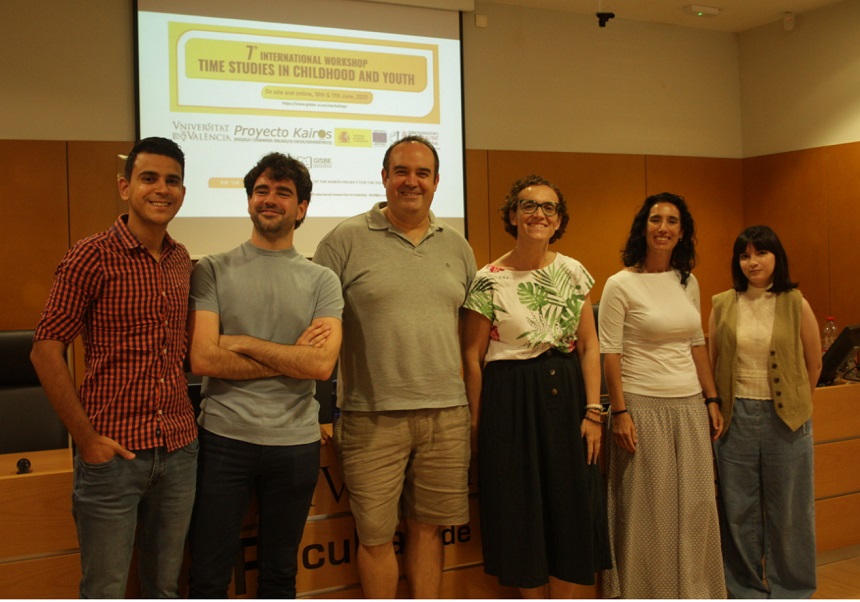The Universitat takes part in research that answers evolution’s big enigma: the appearance of complex life
- Press Office
- April 2nd, 2025

The Universitat de València researcher Fernando Ballesteros is one of the co-author of the article that has been published in the prestigious PNAS magazine where it is explained how simple cells led to complex ones. The research sheds light on understanding what we are and why we are here. Ballesteros points to, after this thorough study, that the appearance of complex was inevitable.
The appearance of eukaryotic organisms such as human beings was a necessary event in evolution. An international team of scientists co-lead by the Universitat de València has discovered that this appearance was a consequence of the growing difficulty of the genome to find increasingly larger proteins as life became more complex, which, which forced a change in the rules of the genetic game. This discovery, made after studying the genes of more than 33,000 species throughout the tree of life, and published in the prestigious PNAS magazine, provides a new understanding on the role of restrictions in the origin of the complexity of organism.
During a large part of Earth’s history, life was exclusively represented by prokaryotic simple cells with no nucleus, such as bacteria, cells of which genomes self-regulate through proteins. But “this mechanism simply reached its limit, a wall beyond which complexity could no longer grow,” Fernando Ballesteros points at, one of the co-author and researcher at the Universitat de València. Studying the distribution of gene length and its associated proteins in several thousand organisms among bacteria, Archaea, protists, plants, fungi and animals, found a process of multiplicative growth in genes that was passed as a computational crisis, which happened 2600 million years ago, which caused the appearance of eukaryotes.
The sophistication of the regulatory mechanism in cells with no nucleus could be improved by increasing protein size, but only to a certain point, beyond which the search for new proteins became computationally unfeasible. However, at the same time the average gene length that codify such proteins was exponentially growing throughout the entire history of life, drawing the increasing complexity of organism up. This evolutionary tension between genes that grew and proteins that could not was resolved through a transition of algorithmic phase, a type of transition typical of systems for the search of solutions. After it, the genome changed its working rules, incorporating inside sequences inside genes that did not codify proteins called introns. “This transition of algorithmic phase allowed for exceeding the limitations of the prokaryotic regulatory system, pushing the appearance of new functions and facilitating necessary cellular complexity for multicellular life,” Enrique Muro concludes, another one of the co-authors and researcher at Johannes Gutenberg University of Mainz.
The researcher Lynn Margulis already proposed the endosymbiotic theory which establishes that two cells joined together in a symbiotic relationship (of mutual benefit) that allowed the development of the mitochondria, the powerhouse of life. The research that is now being published is complementary because sheds light on how, from symbiosis, was it possible to reach a new genetic regulatory system that allowed for maintaining this new level of cellular organisation.
This research, notably transdisciplinary, combines biology, mathematics and physics, and opens the door to a new understanding of evolution and of the complexity of organisms, laying the foundation for new ways of studying a period as transcendental and as unknown as evolution.
Reference:
‘The emergence of eukaryotes as an evolutionary algorithmic phase transition’. Enrique M. Muro, Fernando J. Ballesteros, Bartolo Luque and Jordi Bascompte. PNAS 2025. Doi: https://www.pnas.org/doi/10.1073/pnas.2422968122
















